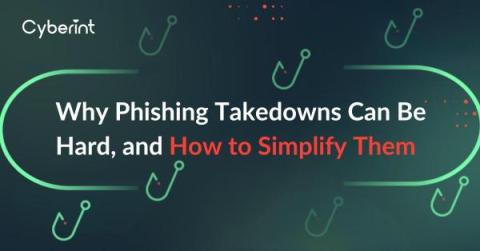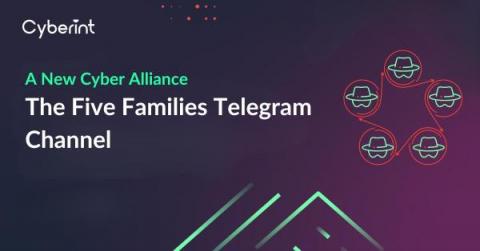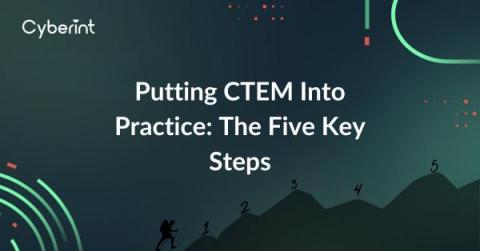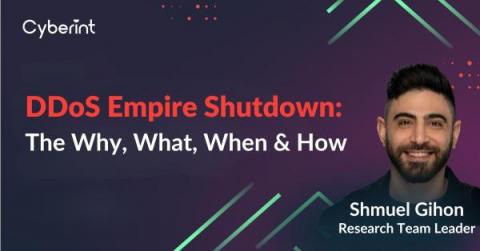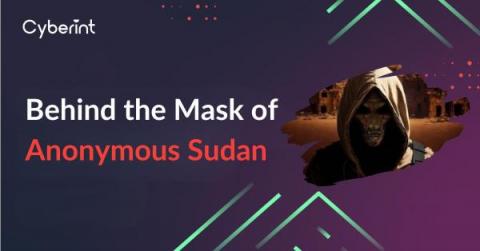The MSSP Buyer Guide to Threat Intelligence and EASM Services
We’re all familiar with software as a service or platform as a service, but what about Cyber-Crime-As-A-Service? It’s not just the sheer quantity of cyber threats that is increasing at alarming rates, it’s the methods and ease at which cybercriminals are finding to deploy attacks.,



